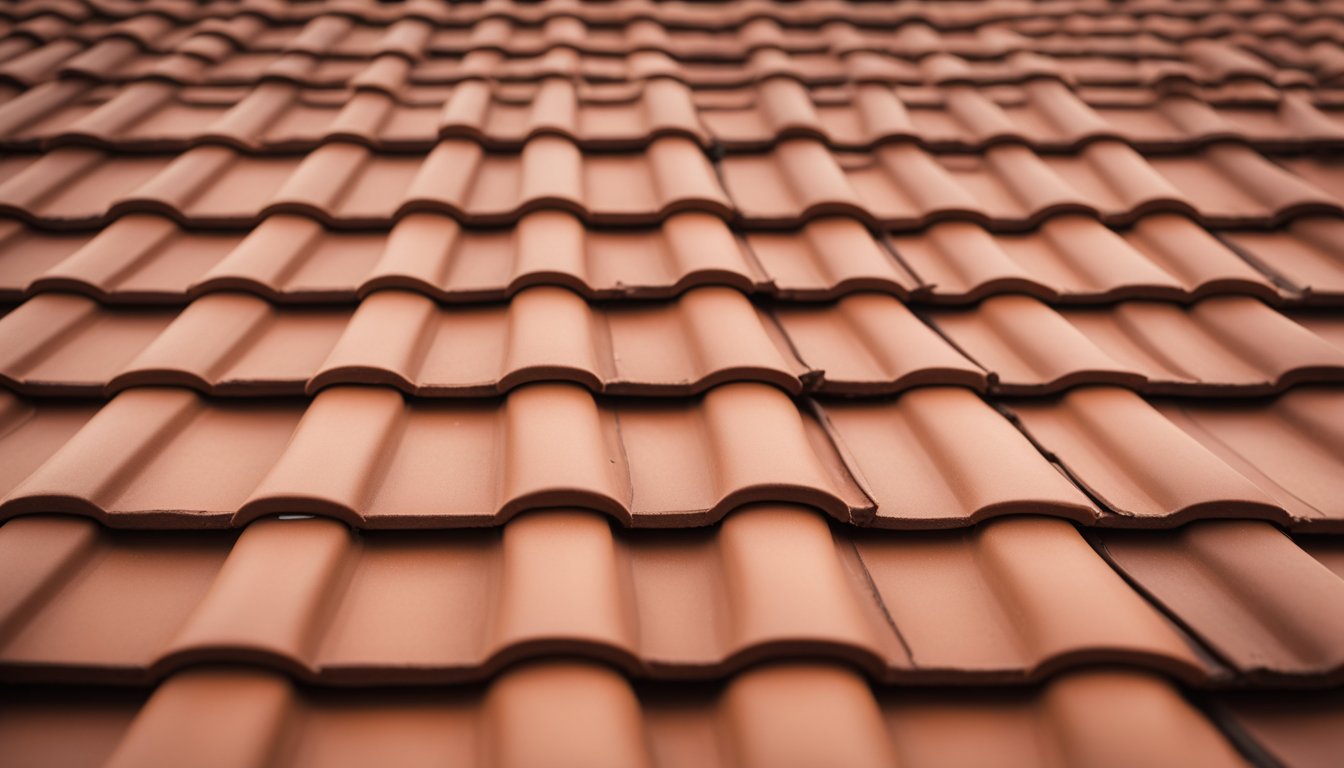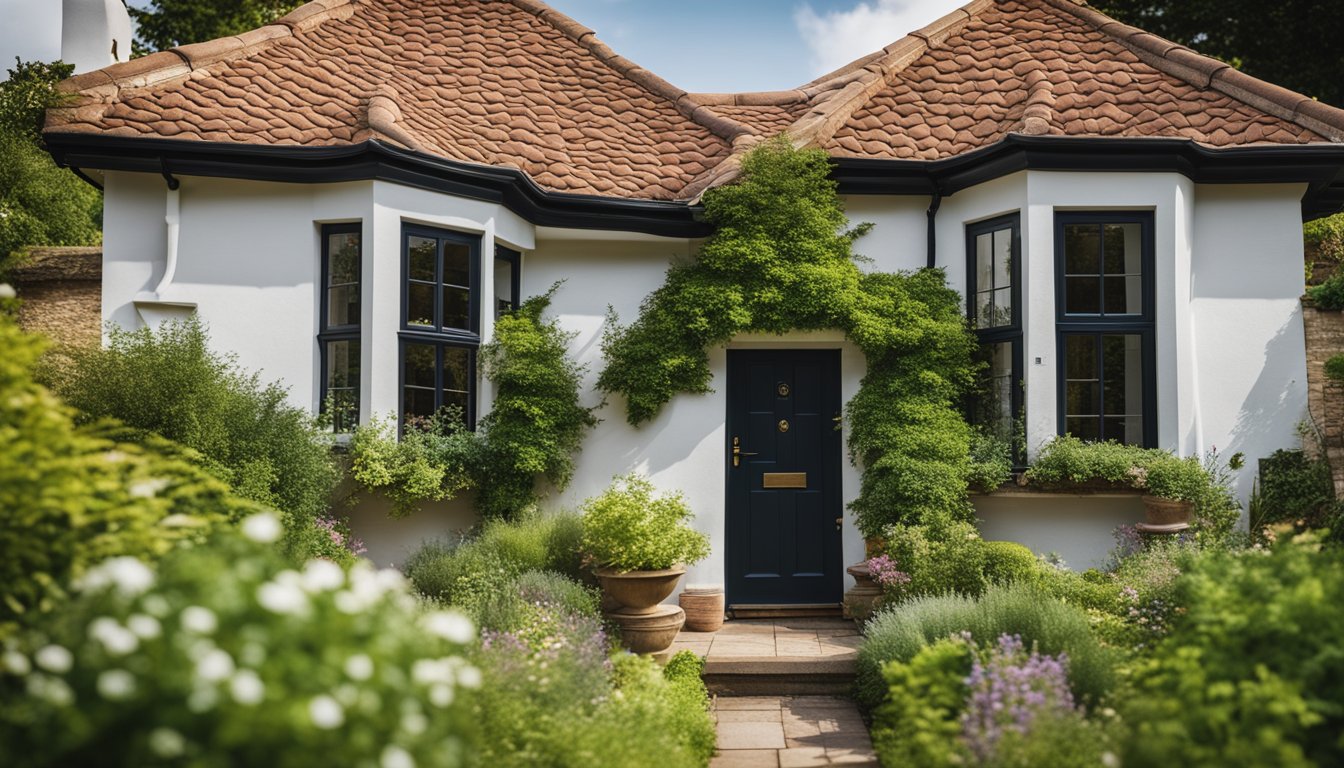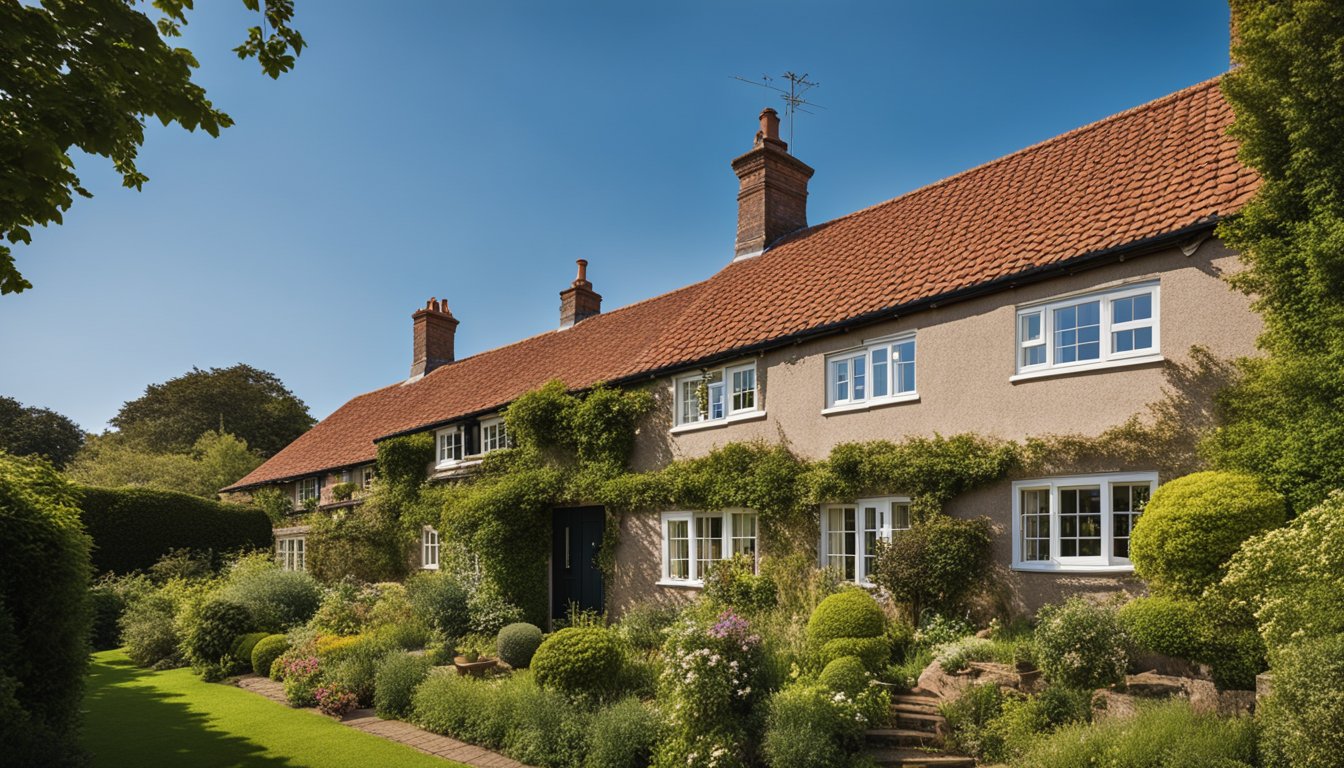Late updated: 26 Jul 2024 11:07
Written by: Oliver Bennett
The Advantages Of Clay Roofing Tiles For UK Homes: Durability and Aesthetic Appeal
When considering roofing options for your UK home, clay tiles stand out as a timeless and highly practical choice. These tiles not only add a distinguished aesthetic appeal but also offer numerous advantages that make them an excellent investment. Their next-level longevity and robustness mean that a well-maintained clay tile roof can last up to 150 years, outperforming many other materials.

In addition to durability, clay roof tiles provide exceptional weather resistance. From heavy rains to harsh winds and even intense heat, these tiles protect your home against a variety of climatic conditions, making them particularly suitable for the unpredictable British weather. Additionally, the natural insulation properties of clay can help maintain comfortable indoor temperatures, potentially reducing energy costs.
Another significant benefit is the environmental sustainability of clay roof tiles. Made from natural materials and often recyclable, clay tiles have a lower ecological footprint compared to many other roofing options. This makes them not just a practical choice, but a responsible one for eco-conscious homeowners.
Key Takeaways
- Clay roof tiles can last up to 150 years.
- They offer superior weather resistance and insulation.
- Made from natural materials, they are eco-friendly and sustainable.
Key Characteristics of Clay Roof Tiles
Clay roof tiles are known for their durability, aesthetic versatility, and ease of maintenance. These features make them an attractive option for UK homes.
Durability and Longevity
Clay roof tiles boast a long lifespan, often exceeding 50 years. This durability stems from their resistance to harsh weather conditions, including strong winds, rain, and freeze-thaw cycles. Unlike other roofing materials, clay does not decay or suffer significant wear over time.
In addition, clay tiles are fire-resistant, adding an extra layer of protection to our homes. The material's natural strength reduces the likelihood of cracking or breaking, ensuring minimal repairs are needed. With proper care, clay roof tiles can serve as a reliable and long-lasting roofing option.
Aesthetics and Design Options
The aesthetic appeal of clay roof tiles is undeniable. They come in various colours, shapes, and sizes, including Spanish tiles, barrel tiles, and mission tiles. This variety allows us to choose a design that complements our home's architectural style, from traditional to modern.
Clay tiles also develop a natural patina over time, enhancing their visual charm. The combination of their rich, earthy hues and unique textures can significantly boost the curb appeal of any property. It's no wonder they're a popular choice among homeowners and designers alike.
Installation and Maintenance Considerations
Installing clay roof tiles requires expertise due to their weight and the need for precise placement. We recommend seeking professional advice or hiring experienced roofers for the project. This ensures the tiles are correctly aligned and secured, providing optimum performance and longevity.
Maintenance of clay roof tiles is straightforward. Regular inspections help identify any loose or damaged tiles early. We should also clear moss and debris to prevent water damage. With minimal yet consistent upkeep, clay tiles can maintain their superb condition for decades.
Comparative Assessment and Environmental Impact

In comparing clay and concrete roof tiles, factors such as durability, environmental impact, and cost become particularly significant. Additionally, the benefits related to eco-friendliness and insulation should inform our choice of roofing materials.
Clay vs Concrete Roof Tiles
Clay tiles offer remarkable longevity, often lasting up to 65 years. They are fire-resistant and can withstand high winds and hail effectively. These tiles tend to be more aesthetically pleasing and are commonly used in UK architecture for their historic and rustic appeal.
On the downside, clay tiles are generally more expensive and brittle compared to concrete alternatives. Professional installation is often required, which can add to the overall cost. In contrast, concrete tiles are durable and have a lifespan of about 50 years. Concrete is comparatively lightweight and easier to install, making it a more cost-effective option for many homeowners.
Concrete tiles, like those from brands Sandtoft and Marley, often use an interlocking system, providing an overlapping pattern that enhances their stability. They can be more susceptible to mildew and need more frequent maintenance compared to clay tiles. Both types of tiles perform well in varied roof pitches, though clay tiles are particularly suited for steeper pitches due to their weight and structure.
Eco-Friendliness and Insulation Benefits
Clay roof tiles are renowned for their environmentally friendly aspects. The manufacturing process of clay tiles is less energy-intensive compared to concrete, contributing to lower carbon emissions. Clay tiles are often made from natural clay deposits, reducing the need for synthetic materials and making them a more sustainable option.
On the insulation front, clay tiles provide excellent thermal properties, keeping homes warmer in winter and cooler in summer. This energy efficiency can lead to substantial savings on heating and cooling costs. Concrete tiles also offer good insulating properties and are beneficial in warm climates due to their heat-reflective surfaces.
For those looking to make eco-friendly home improvements, clay tiles stand out as the superior choice. Despite the need for structural engineers during renovations, their long-term benefits and lower environmental impact make a strong case. Concrete tiles, while also eco-friendly to some extent, might not match the insulating and sustainable benefits of clay but offer a viable alternative for those prioritising cost-efficiency.
Frequently Asked Questions

Clay roof tiles are renowned for their durability, aesthetic appeal, and sustainability. Below, we address some common questions related to their usage in UK homes.
What are the long-term benefits of using clay roof tiles in the UK?
Clay roof tiles offer substantial longevity, resisting wear and tear effectively. They also retain their aesthetic qualities over time, adding continuous value and charm to your home. Additionally, their natural composition makes them environmentally friendly.
How does the lifespan of clay roof tiles compare to alternative materials?
Clay roof tiles typically last between 30 to 50 years or more, outlasting many other roofing materials such as asphalt shingles and concrete tiles. Proper maintenance can extend this lifespan even further, providing decades of reliable protection.
Can clay roof tiles withstand the variable British weather conditions?
Absolutely. Clay roof tiles are incredibly resilient to the UK's diverse weather patterns, including heavy rain, snow, and high winds. Their low expansion and contraction rates help them maintain structural integrity, making them an excellent choice for the British climate.
What are the energy efficiency benefits of clay roof tiles for UK households?
Clay roof tiles have natural thermal insulating properties, reducing heat loss during winter and keeping homes cooler in summer. This contributes to lower energy bills and a more comfortable living environment year-round, supporting sustainable living.
Is the weight of clay roofing tiles a consideration in UK home construction?
Yes, the heavier weight of clay roof tiles must be considered in home construction. Existing structures may require additional support. However, this weight also enhances their wind resistance and stability, ensuring better performance in harsh weather conditions.
How is the cost-effectiveness of clay roof tiles assessed over their lifetime in the UK?
While the initial cost may be higher than some alternatives, clay roof tiles offer excellent value due to their long lifespan and minimal maintenance needs. Over decades, the reduced need for repairs and replacements makes them a cost-effective investment.
